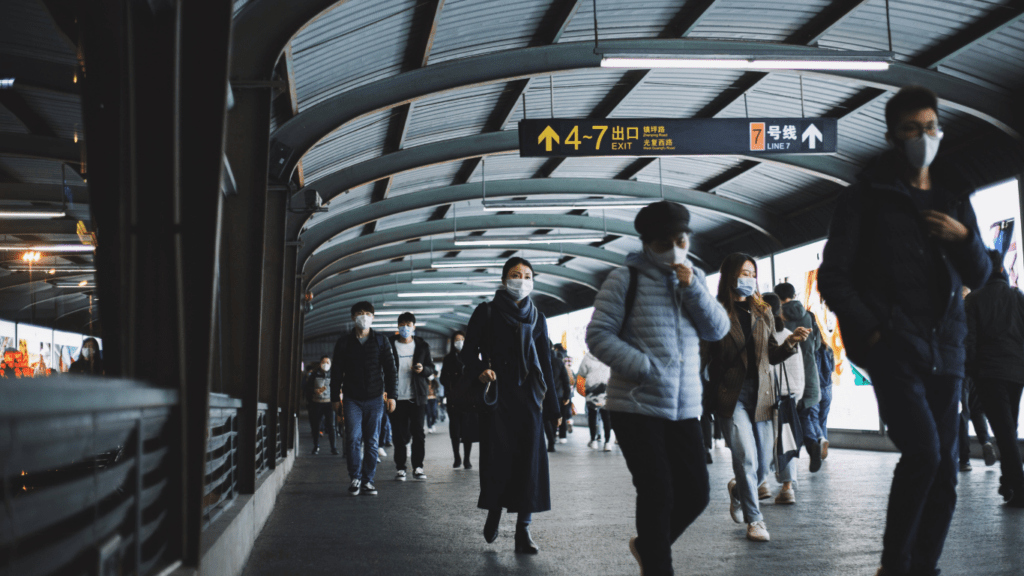As someone who has closely followed the trends in urban living, I’ve witnessed a remarkable shift in the landscape post-pandemic. The allure of city life, once dimmed by the challenges of the past year, is now experiencing a resurgence like never before.
Amidst the uncertainty and chaos, cities are adapting and evolving, becoming more resilient and attractive to a new wave of residents. From revitalized cultural scenes to innovative urban planning, the urban environment is undergoing a transformation that promises a vibrant future.
In this article, I’ll delve into the factors driving this resurgence of urban living post-pandemic, exploring how cities are reimagining themselves to meet the changing needs and expectations of their inhabitants. Join me as we uncover the exciting possibilities that lie ahead in the urban landscape.
Factors Driving the Resurgence of Urban Living Post-Pandemic
In the wake of the pandemic, urban living has seen a notable resurgence, with several key factors propelling this transformation.
Increased Demand for Urban Amenities
I’ve witnessed a noticeable surge in the demand for urban amenities as post-pandemic lifestyles prioritize convenience and accessibility. City dwellers are seeking vibrant cultural experiences, diverse dining options, and recreational facilities within a short distance from their homes.
The appeal of urban living lies in the ease of access to entertainment, shopping, and social opportunities, fostering a dynamic and fulfilling lifestyle that aligns with the preferences of many urban residents.
Return to In-Person Work Culture
As restrictions ease and businesses adapt to new norms, there’s a notable shift towards a return to in-person work culture in urban centers. Many professionals appreciate the collaborative environment, networking opportunities, and face-to-face interactions that cities facilitate. The resurgence of office spaces, coworking hubs, and business districts heralds a return to the bustling energy of urban work environments, reinvigorating the allure of city living post-pandemic.
Challenges and Considerations
As urban living experiences a resurgence post-pandemic, there are several challenges and considerations that need to be addressed to ensure the sustainable growth and attractiveness of city life.
Addressing Public Health Concerns
In the wake of the pandemic, public health concerns have become a top priority for urban planners and policymakers. Ensuring the safety and well-being of residents is crucial in the design and development of urban spaces.
Strategies such as increasing green spaces, promoting walking and cycling infrastructure, and improving air quality are essential to create healthy urban environments. By prioritizing public health in urban planning, cities can enhance the quality of life for their residents and make urban living more resilient in the face of future health crises.
Urban Planning Strategies for the Post-Pandemic Era
Exploring urban planning strategies for the post-pandemic era is crucial in ensuring that cities continue to thrive and remain attractive to residents. Here are key approaches that can enhance the resilience and sustainability of urban environments:
- Emphasize Mixed-Use Developments: Integrating residential, commercial, and recreational spaces within neighborhoods fosters a sense of community and reduces the need for extensive commuting. By creating mixed-use areas, cities can enhance convenience and promote a more sustainable urban lifestyle.
- Prioritize Sustainable Transportation: Enhancing public transportation networks, pedestrian infrastructure, and cycling pathways can reduce reliance on private vehicles, alleviate traffic congestion, and improve air quality. Implementing eco-friendly transportation options encourages healthier and more environmentally conscious modes of travel.
- Promote Green Spaces and Urban Parks: Increasing access to green spaces within urban areas has been shown to improve mental health, encourage physical activity, and enhance overall well-being. Integrating parks, gardens, and green corridors into urban planning helps create a healthier and more livable environment for residents.
- Enhance Resilience to Future Health Crises: Urban planners should prioritize designing resilient infrastructure that can adapt to changing circumstances and future health challenges. This includes incorporating flexible spaces, promoting ventilation systems, and implementing health-focused design elements to mitigate the spread of infectious diseases.
- Foster Social Inclusion and Equity: Creating inclusive urban spaces that cater to diverse populations is essential for building vibrant and cohesive communities. Urban planning strategies should prioritize affordable housing initiatives, accessible public services, and cultural diversity to ensure that all residents can benefit from the amenities and opportunities cities provide.
By implementing these urban planning strategies tailored to the post-pandemic era, cities can not only address current challenges but also build more resilient, sustainable, and inclusive urban environments for future generations.




